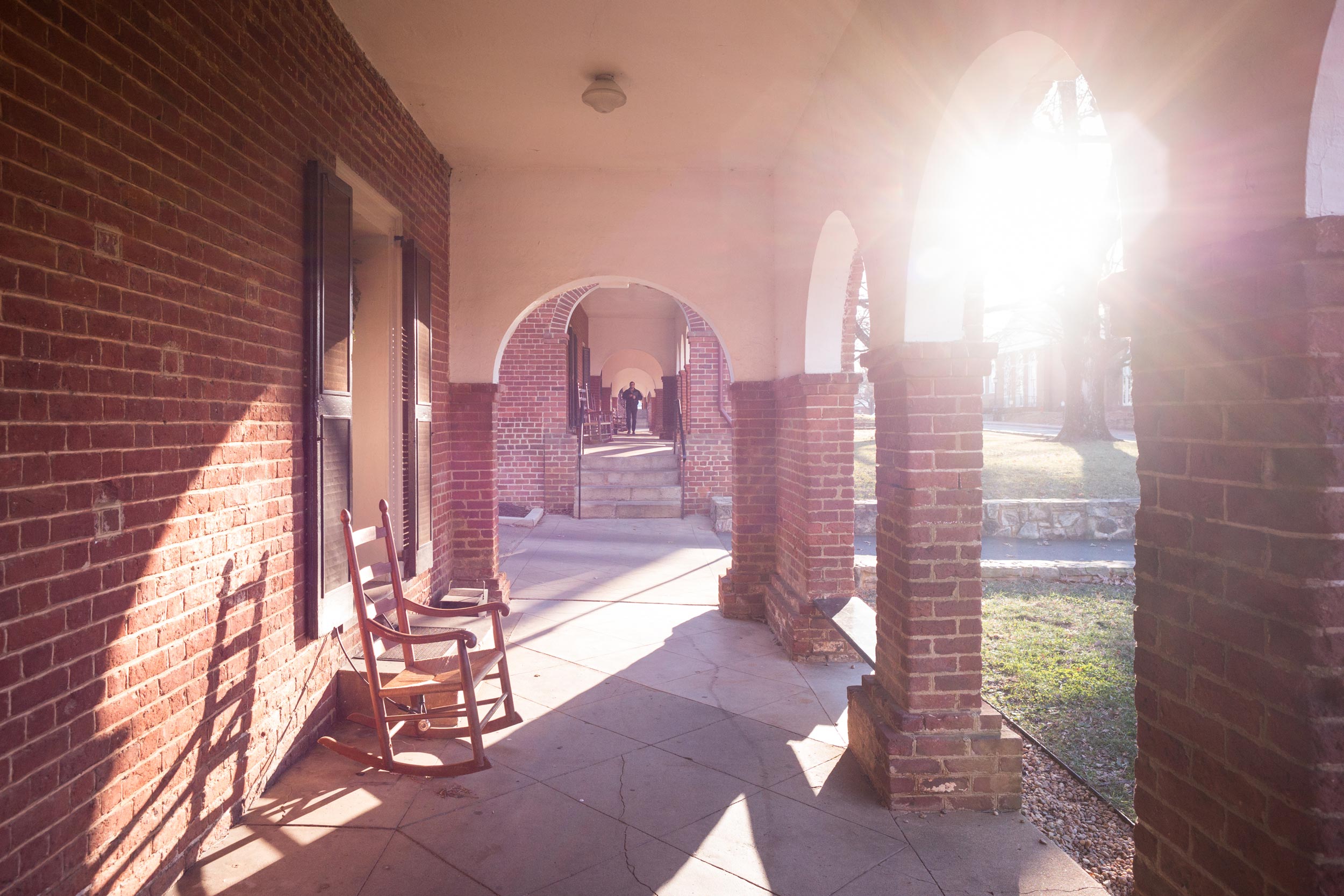The University of Virginia Board of Visitors on Friday approved an “upper division” tuition rate, to be effective in the fall of 2021 for the College of Arts & Sciences.
At implementation in 2021-22, the upper division tuition rate will be $2,700 higher than the lower division rate and will apply to third-year students. The upper division tuition rate will apply to third- and fourth-year students beginning in 2022-23 and thereafter.
As a result of the delayed phase-in of the tuition increase, no current class of undergraduate students will be subject to the upper division tuition.
The increase in tuition revenue is part of a multi-year plan to dramatically enhance the quality of the undergraduate experience and attract and retain the best faculty. The additional tuition revenue will cover approximately 20 percent of the cost of the multi-year plan, with the remaining 80 percent being covered by philanthropy and reallocation of cost savings.
The upper division tuition rate is necessary to improve the student experience in the College of Arts & Sciences, as the growth in the College over the last five years has resulted in larger class sizes, longer waiting lists for desired classes and a decrease in the number of tenure-track faculty relative to the number of students, University officials said. The incremental tuition generated from the upper division rate will allow the College to strengthen faculty-student ratios, create new courses, meet demand for expanded programs and help fund the higher cost of instruction for students in their third and fourth years.
Ian Baucom, Buckner W. Clay Dean of the College and Graduate School of Arts & Sciences, noted that, among multiple purposes, the additional funds would be used to update STEM labs and add courses and programs in computation, data science, world languages, calculus, environmental studies, chemistry and neuroscience. The additional revenue will help achieve the College’s goal of ensuring intimate, interactive learning and research environments.
A commitment to access and affordability continues to provide the foundation for the University’s approach to undergraduate tuition, including for students who will pay the upper division tuition rate. The University, through AccessUVA, remains committed to meeting full demonstrated financial need and limiting debt for all undergraduate students, while maintaining an outstanding six-year graduation rate of 95 percent.
The AccessUVA commitment ensures that Virginia families with an income of $80,000 or less with typical assets will receive free tuition and fees, while Virginia families with an income of $30,000 or less with typical assets will receive free tuition, fees, room and board. The University will continue to enhance its financial aid program and to further endow AccessUVA to alleviate operating expense pressure.
The College currently serves more than 12,000 students a year – representing nearly 75 percent of the University’s undergraduate students – with the lowest spending per student at the University. These enhancements will have a positive impact on all schools at UVA, as the College also serves as the main provider of first- and second-year education for students in the McIntire School of Commerce and the Batten School of Leadership and Public Policy, and offers courses to undergraduates in the schools of Nursing, Architecture, Education and Engineering. Faculty in the College are also key to the success of pan-University research priorities.
As a result of the College being the centerpiece of the undergraduate experience, the deans of the University’s other 10 schools and the University Library submitted a letter of support for the upper division tuition rate.
“The College is focused on providing students with the knowledge, skills and habits of mind to flourish in the complex and interconnected environment of the 21st century,” Baucom said. “To excel at this – to meet the needs of our students and to fulfill our promises to them – we have to build deep pools of talented faculty who teach those students and whose research, scholarship, artistic practice and new approaches to delivering programs help our students become the sought-after leaders the world needs.”
Over the last 10 years, the College has created efficiencies and streamlined operations, resulting in approximately $13 million in annual savings. These savings are part of an overall program of organizational excellence at the University, which seeks to identify up to $25 million in new cost savings annually. University leaders have said the goal is to continue these cost-efficiency measures throughout the Academic Division to limit future tuition increases.
Due in part to the longer-term decline in state support, coupled with lower tuition levels, a gap has developed in UVA’s educational revenues per student compared to private and many public institutions with whom the University competes for the best faculty and students. For every 100 undergraduate students in the College, there are just five tenure-track faculty members – a number significantly lower than most peers. By comparison, the University of Michigan and Vanderbilt University have eight and Duke University has nearly 15.
“The heart of the University experience for students is working closely with our faculty, and particularly those who are pushing the frontiers of knowledge,” Baucom said. “The simple fact is that the College has fewer of those faculty to teach them, mentor them and involve them in research than our peer institutions, and investing in faculty, STEM, global understanding and curricular innovation is vital to advance the educational experience of our students and to better prepare them for their future endeavors.”
Media Contact
Article Information
March 1, 2019
/content/board-approves-new-tuition-plan-bolster-colleges-undergraduate-education-0

